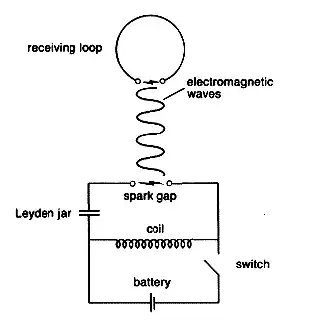Does every phenomenon of EM radiation have to be explainable at the level of photons?
No. In quantum field theory, the electromagnetic field is still a field, albeit a quantum one. We call it "quantum" because it uses non-commuting operators. It's not made of particles. Particles (photons) are one of its many possible manifestations, but most of its manifestations are nothing like particles. Trying to describe every state of the EM field in terms of photons is about as productive as trying to describe every state of the atmosphere in terms of tornadoes. Even if we can do it, we certainly don't have to do it, and we're probably better off if we don't do it.
...are there other sources of EM radiation besides the emission of photons by excited subatomic particles?
I'm not sure what this means. It could be interpreted very broadly, because all matter is made of subatomic charged particles. However, transitions between excited/deexcited states of an electron bound to a molecule are only one special case. An unbound accelerating electron also produces EM radiation, and there's no good reason to describe that radiation in terms of photons — unless we're describing an experiment that is designed to detect photons. Even then, we can only detect photons whose energy is above some threshold (depending on the detector), so we're not detecting all of the radiation that is actually being emitted. That doesn't mean we're not detecting all of the photons, though, because "all of the photons" is just plain meaningless. The state of the EM field produced by an accelerating electron does not consist of any well-defined number of photons. If that field washes over a photon detector, then sure, the detector will count photons, because that's all it can do. If that field washes over a field-amplitude-measuring device, then that device will report the field's amplitude (which might not be very meaningful if the amplitude is very small, because of the relevant "uncertainty principle"). Those are two different observables, and they don't commute with each other, so we cannot interpret the measurement outcomes as merely revealing pre-existing properties of the EM field itself. Quantum theory doesn't work that way, and neither does the real world.
There is one good cure for the confused-about-photons ailment, and that's to study the math. The quantum theory of a single harmonic oscillator is a good place to start. It has "photons" (discrete quanta of energy), but most of its states don't have any well-defined number of photons. It also has states with relatively well-defined "field amplitude" (like the so-called coherent states), for which the number of photons is not well-defined at all. Any state with a relatively well-defined large field amplitude is necessarily practically orthogonal to every state with a well-defined number of photons. The field-amplitude observable does not commute with the number-of-photons observable, and most states don't have well-defined values of either.
